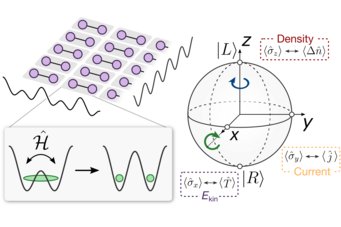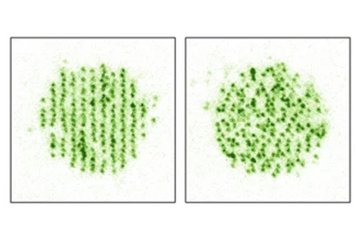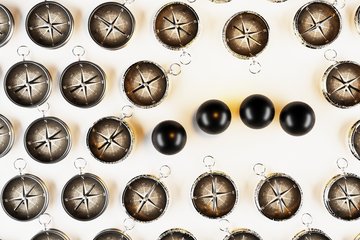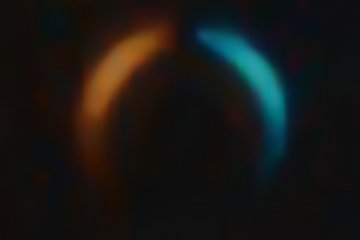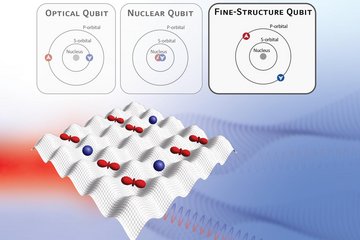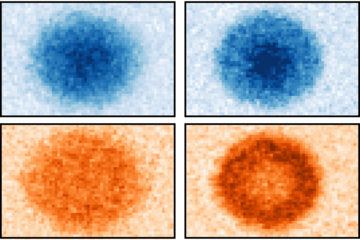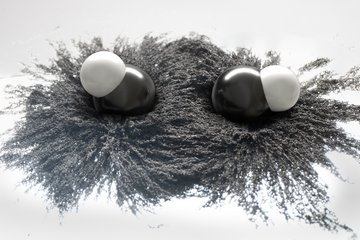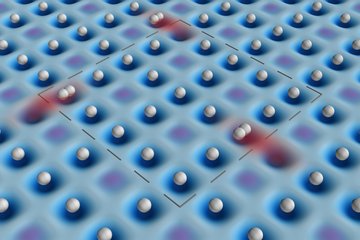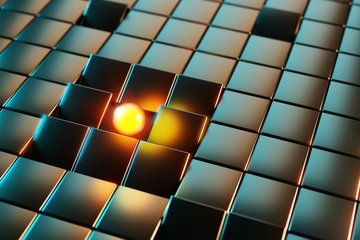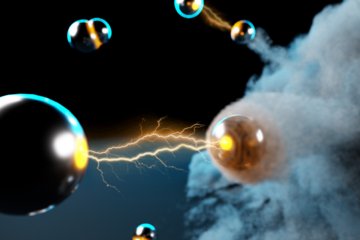Local Readout and Control of Current and Kinetic Energy Operators in Optical Lattices
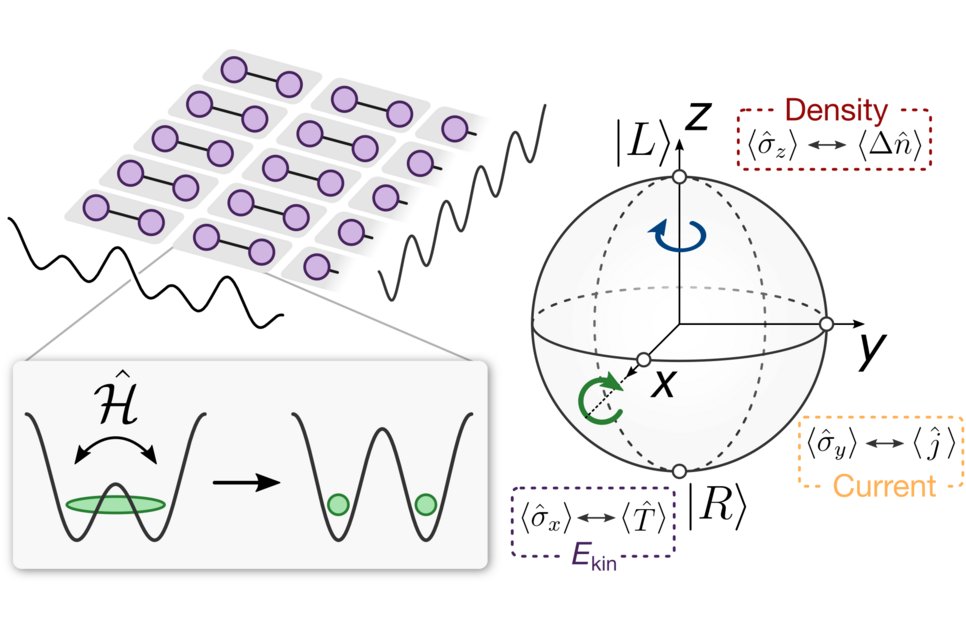
Using quantum gas microscopes, the wavefunction of a quantum system can be probed with microscopic resolution through projective measurements. By nature of the optical imaging techniques that are used to implement these measurements, the observable that is probed is the local density operator -- each atom in the underlying lattice geometry appears as a bright dot in the recorded image. Even though such density measurements can already reveal many properties governing the system at hand, a wealth of further information is hidden in observables that cannot be derived from mere densities. Prominent examples for this are local particle currents or kinetic energies, which appear in the context of nonequilibrium dynamics, topological matter as well as exotic phases including unconventional superconductors.
In this recent work from our cesium quantum gas microscope, we demonstrate how optical superlattices allow a measurement and manipulation of off-diagonal observables in a robust and scalable way. Optical superlattices, created by superimposing two optical lattices of different wavelength, can be used to realize periodic arrays of double wells. The key idea of the measurement scheme is to project the system into such an array of isolated double wells before recording an image. Each individual double well forms an isolated two-level system, which allows to apply programmable two-site operations. In particular, these operations can be used to rotate the measurement basis from density to orthogonal bases that encode for example kinetic energy or local current. This can be done either in parallel everywhere in the system, or - as we show - spatially selective using an additional digital micromirror device. Furthermore, the programmable superlattice rotations can also be used to precisely manipulate a quantum state, for example to engineer initial states featuring a complex spatial pattern. To learn more, please read the full article at Physical Review Letters and Viewpoint in the Physics Magazine
